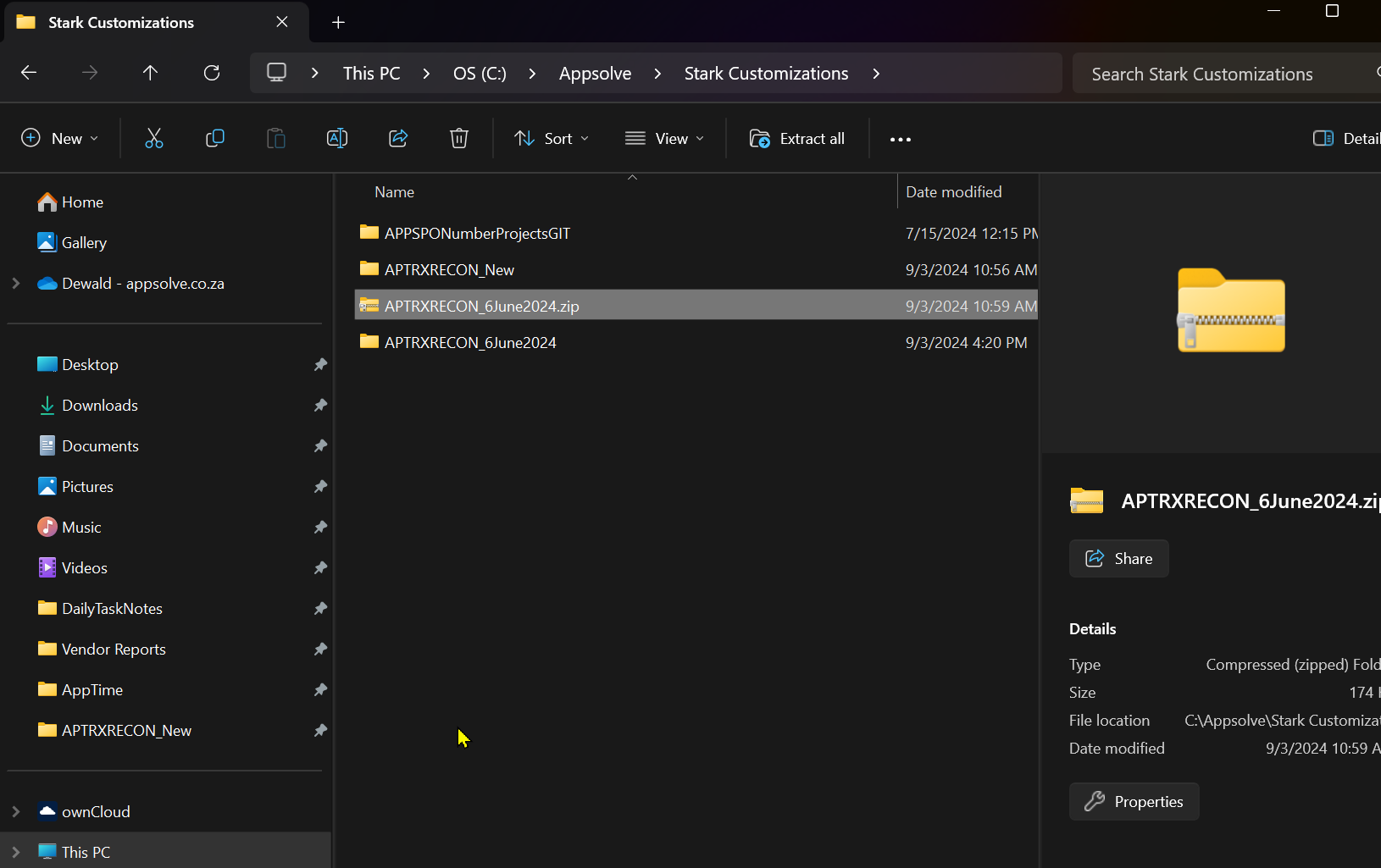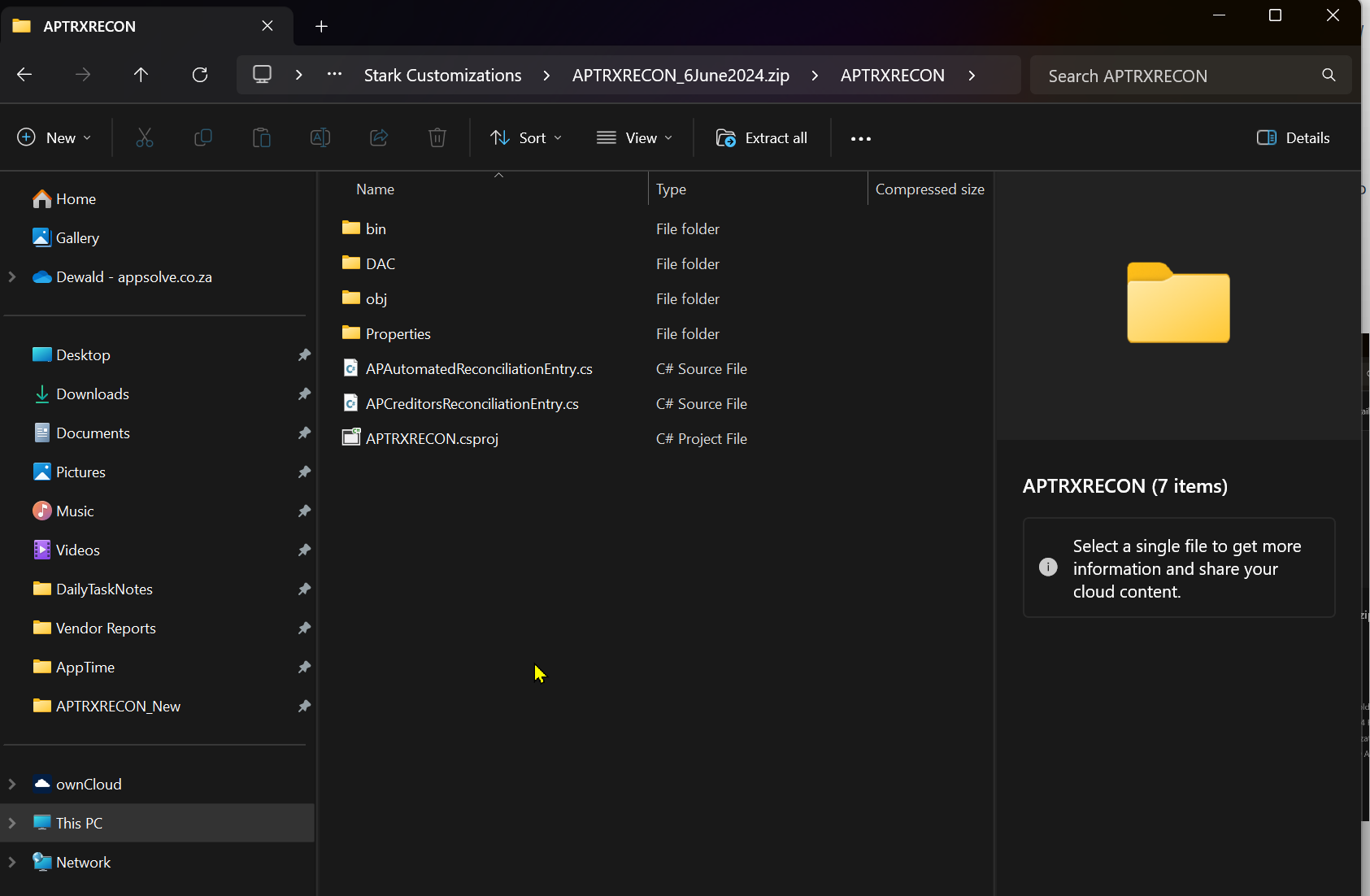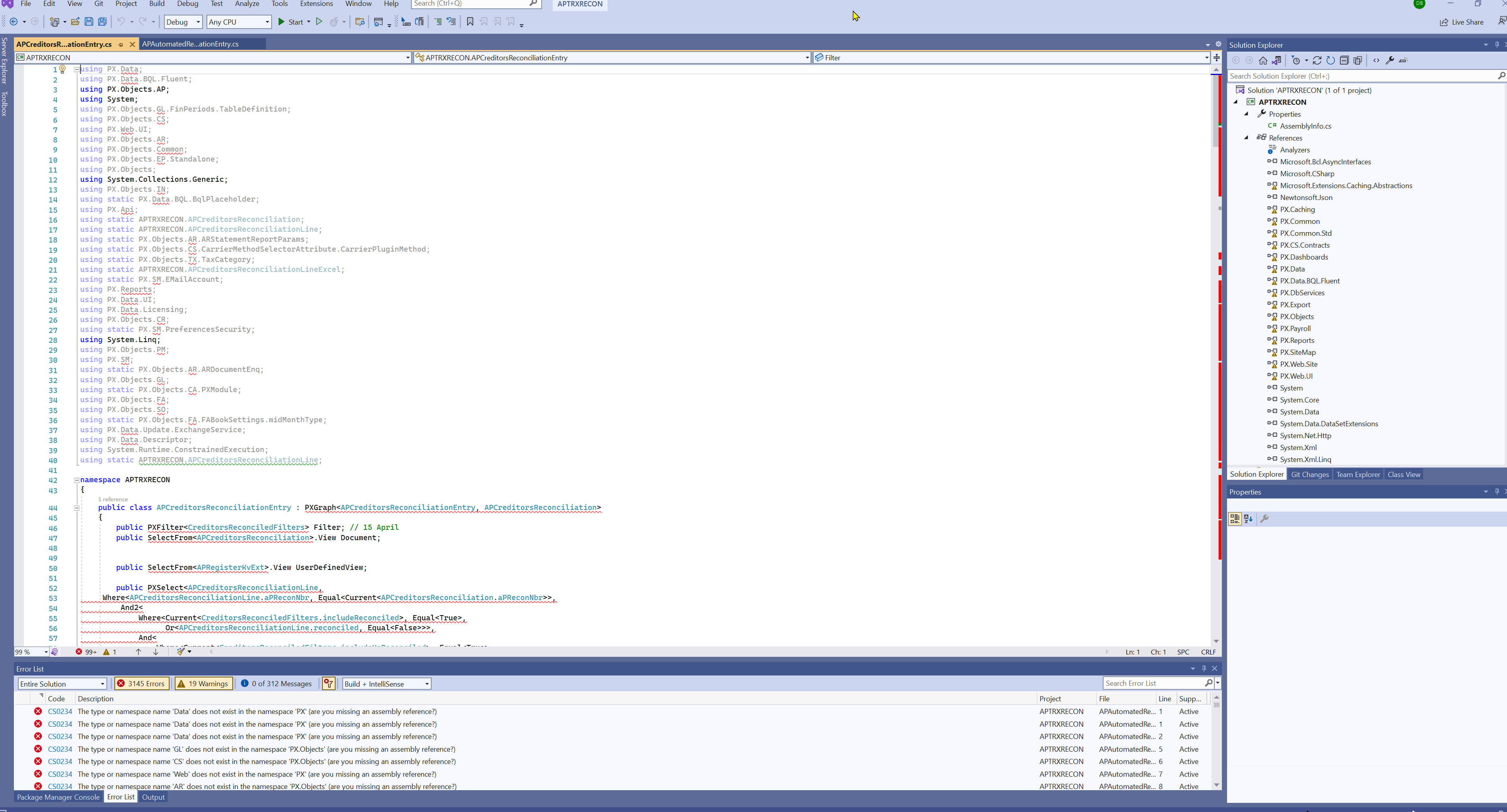Hi Everyone
I have a customization package that have been developed on another consultant's locally hosted instance. They have used an extension library (.dll compiled project) where graphs have been extended to visual studios.
I want to edit this customization package's graphs that have been extended via the .dll file. I tried importing the customization package to my local host and extending the extension library to edit the VS extended graphs but when I open the project, the graphs are not there and only an Example.cs class is loaded.
What is the correct route to follow when editing graphs that has been extended to a Extension Library on someone else's local instance which you want to edit on your own local instance?





